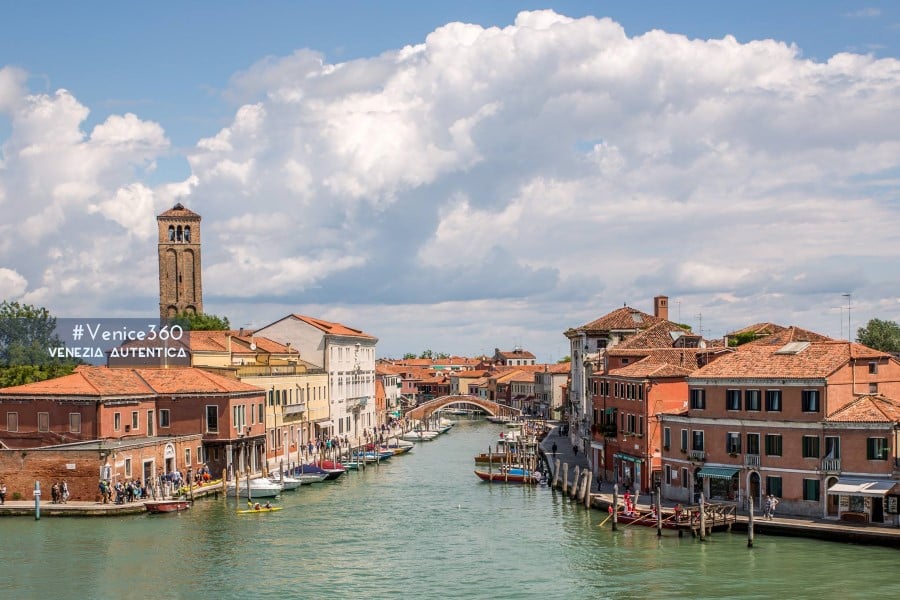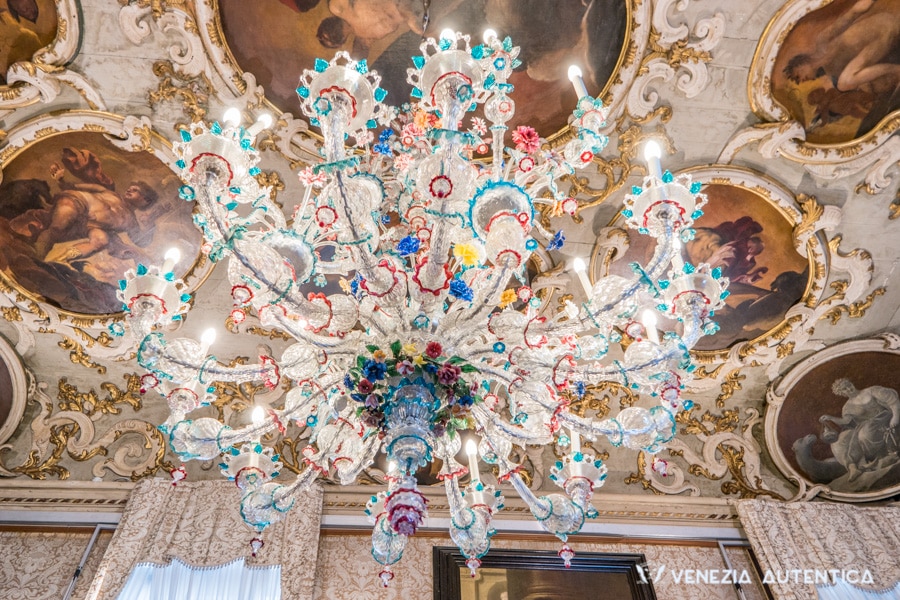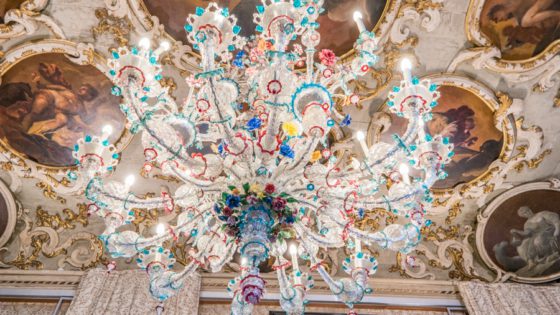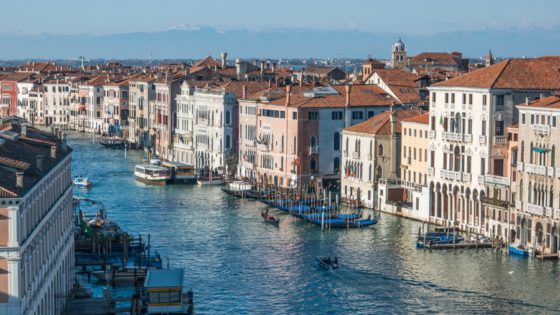Many people, when they hear the name Murano, think of the “glassmakers’ island” close to Venice. If it is true that the island of the northern lagoon is the seat of incredibly skilled artists who strongly contributed to the power and name of the Venetian Republic, Murano also has a story of its own. Here it is.
What is Murano?
Murano is a major island in the Venetian Lagoon about 1.5 km north of Venice, and is worldwide famous for its glass making. Murano is composed of seven islands (two of which, Sacca Serenella and Sacca San Mattia, are artificial), which are linked together by bridges and separated by eight canals. Measuring about 1.17 km2, it is now home to less than 4.500 inhabitants.
Modest beginnings
The origins of Murano are thought to be similar to those of many other islands of the Venetian Lagoon, that is a refuge to the citizens of Altino escaping the barbarian invasions.
The first document mentioning Murano (Amorianas) is the Pactum Lotharii, an agreement signed in 840 A.C.E between Venice and the Carolingian Empire. At first, the island prospered as a fishing port and through its production of salt. It was also a center for trade through the port it controlled on Sant’Erasmo, another important island of the lagoon.
A city of its own
In the early centuries, Murano was governed by a gastald (a Venetian official) nominated by the Venetian Doge, and since the X century its mother church, Chiesa dei Santi Maria e Donato, passed under the control of the Torcello diocese. Since 1275 Murano, just like Venice, had its own Great Council and Duke, and was allowed to establish laws as well as to mint its own coins, the Osella.
The turning point in Murano's history
On the 8th of November 1291, an event took place that marked forever the history of Murano: a decree of the Venetian Great Council forced all the glass industries in Venice to be moved to Murano.
This decision was taken in order to avoid both the risk of fires which threatened to damage once more the (mainly wooden made) Venice and to keep a strict control over glassmakers. In fact, the glass knowledge and techniques, which were handed down from fathers to sons, were a critical advantage over any other competing for trading centers.
The control over this industry was pushed as far as sentencing to death any master trying to leave the Republic of Venice, in order to preserve the glass making secrets and the monopoly of the market… now that was quite a strict IP protection law!!!
The birth of a local aristocracy
As soon as the export began, the island became famous for glass beads and mirrors and for a while Murano was the main producer of glass in Europe. The Serenissima counterweighted the restrictions applied to the glassmakers by granting them the highest social status on the island and allowing them to be carrying swords, enjoying immunity from prosecution by the Venetian State and being allowed to engage in marriage with the Venetian aristocracy.
In 1602, the Murano podestà Barbarigo created the Libro d’Oro, or Golden Book, which listed the Murano families working in the glass industry and in 1605 the Consiglio dei Dieci, or Council of the Ten, gave those families the title of “Cittadini di Murano“. This created an official Murano aristocracy, and its members were given them the right to unique privileges and the monopoly over the glass making industry, which counted 3.000 workers in a population of 7.000 people.
A fruitful treason?
Regardless of the privileges and the restrictions, many glass makers left Venice, brought their knowledge as far as to England and the Netherlands, and might be connected with the rise of the Bohemian crystals production in the XVI century, which led to the biggest crisis in the history of the Murano. The solution to this economic crisis came in the XVIII century with the virtuosity displayed in the making of the “ciocche”, the elaborate and famous Murano chandeliers, which are still nowadays one of the most admired and purchased Murano creations. In the XVI century, the island became also popular for a short time as a resort for Venetians and, for that reason, some palaces were built, but the trend soon stopped. Nevertheless, Murano’s countryside kept on being appreciated for its orchards and vegetable gardens until the nineteenth century.
And then came Napoleon...
With the fall of the Venetian Republic in 1797 and the Napoleonic decree of 1806 which abolished all the schools of arts and crafts, Murano’s prosperity, which has always been tightly bound to its glass making industry, came to a halt.
Only 60 years later, when Venice became part of the Reign of Italy in 1866, Murano flourished again as its glass industry revived exporting blown chandeliers to London and further expanded and reaffirmed itself at the Paris Expo in 1878.
Since after WWII, Murano’s glass production has been growing once more in popularity and the masters have been experimenting and improving the ancient techniques even further; in the last decade, while preserving its classics, Murano’s industry aimed at becoming pure Art, producing unique masterpieces in contrast with the mass production offered elsewhere.
If you want to find out more about Murano Glass, you could check out our History of Murano Glass and its Most Famous Techniques.
I'm visiting Venice. Why should I follow your recommendations?
The way you visit Venice has an impact both on the quality of your experience and on Venice itself. Chilling, exploring, shopping, eating and drinking where the locals do, can make a huge impact both on the memories you bring home and on the local economy and community.
Home >> Venice and Venetians >> Venice Explained >> You’re Here
Facts, Curiosities, History of Venice, Italy
More about life in Venice, Italy








